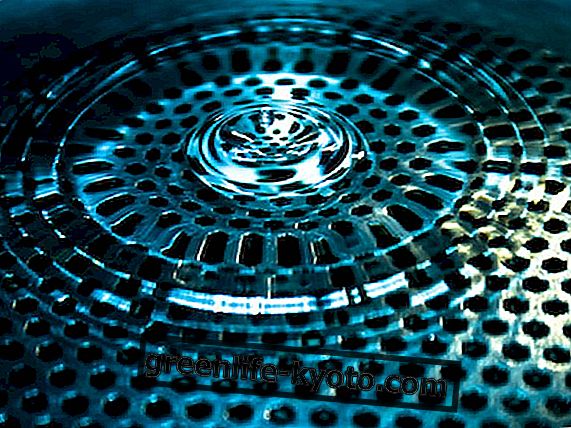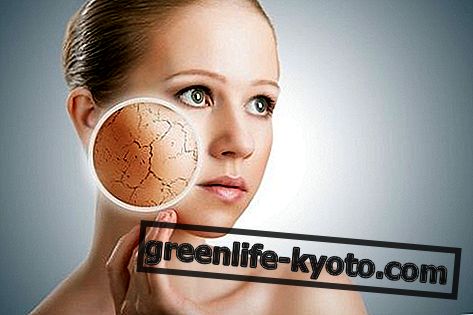
At one time the fillings, commonly called also fillings, were made of a particular amalgam, also called silver amalgam, a paste composed of a metallic mix of mercury, silver, tin, copper and zinc
They were made to reconstruct the tooth, so as to avoid that the same, dug to eliminate the caries, could be re-affected and ruined over time.
Dentistry has used it for several years, before changing direction and using alternative materials for various reasons: first of all for an aesthetic reason - today's amalgams tend to be the same color as the tooth - but also due to environmental pollution, mainly related to the disposal of mercury, and possible reactions or interactions with the patient's health .
Old dental amalgam: because it can be harmful
The mercury used in the old amalgams, which in any case continue to be used in certain cases, is a volatile element that is partially absorbed infinitesimally by the human body through inhalation.
In medical literature, phases have alternated in which the mercury thus inhaled seemed to be extremely harmful, especially for the brain and kidneys, in phases that instead showed the opposite.
In fact, various studies have found that the "bioaccumulation" of this substance appeared to be more dangerous for human health if derived from other sources, such as food, specifically the mercury accumulated in fish, caused by water pollution.
After various experimental research conducted on children and pregnant women, it was generally possible to affirm the absence of effective dangers related to the use of mercury amalgam for teeth, even if, as a precaution, the major medical institutions, the 'WHO and the European Union agree in recommending limited use, favoring the use of new materials, especially in potentially vulnerable subjects.
Environmental damage of mercury
However, alternative medicines and certain environmental and health protection agencies continue to support the importance of eliminating mercury from any sort of passage or production cycle .
According to a study a few years ago, in fact, dental amalgam was identified as a second source of mercury pollution in EU countries, so much so that the European Union itself set a recovery program for mercury from dental amalgams.
In some Scandinavian countries its use is by now forbidden, while in Italy there is a rule of the Ministry of the Environment, a legislative decree and a presidential decree, which specify its correct disposal, being considered "hazardous waste not infectious risk".
Therefore, as recommended by the FDA (About Dental Amalgam FIllings), if you have old amalgams in mercury and the tooth is fine, it is not necessary to remove them, as the removal process itself would cause the release of vapors. would be inhaled.
In cases instead of discomfort, allergies or sensitization of the interested party, it is good to discuss the possible solutions with your dentist.













